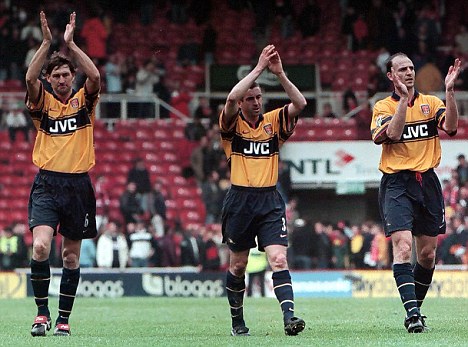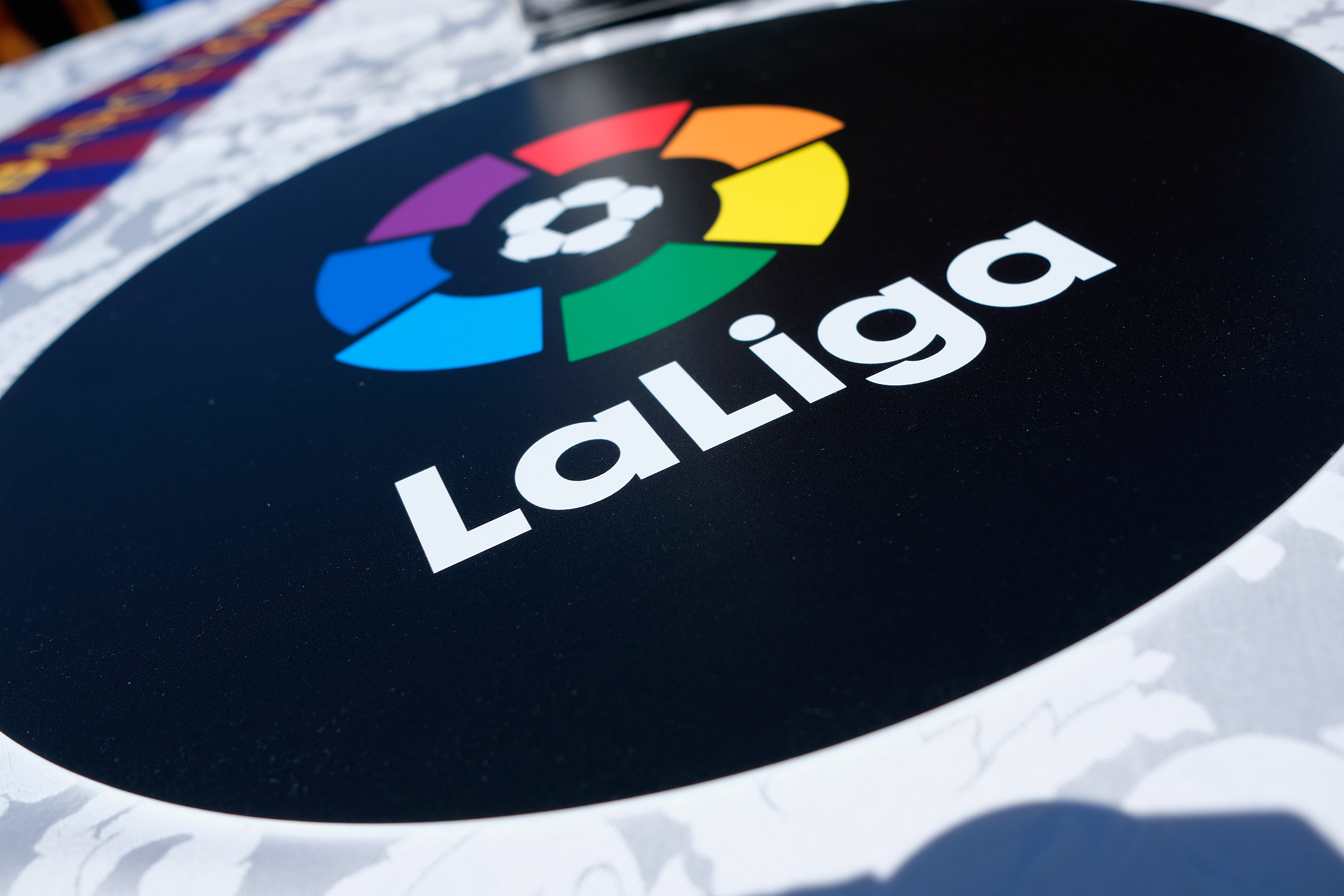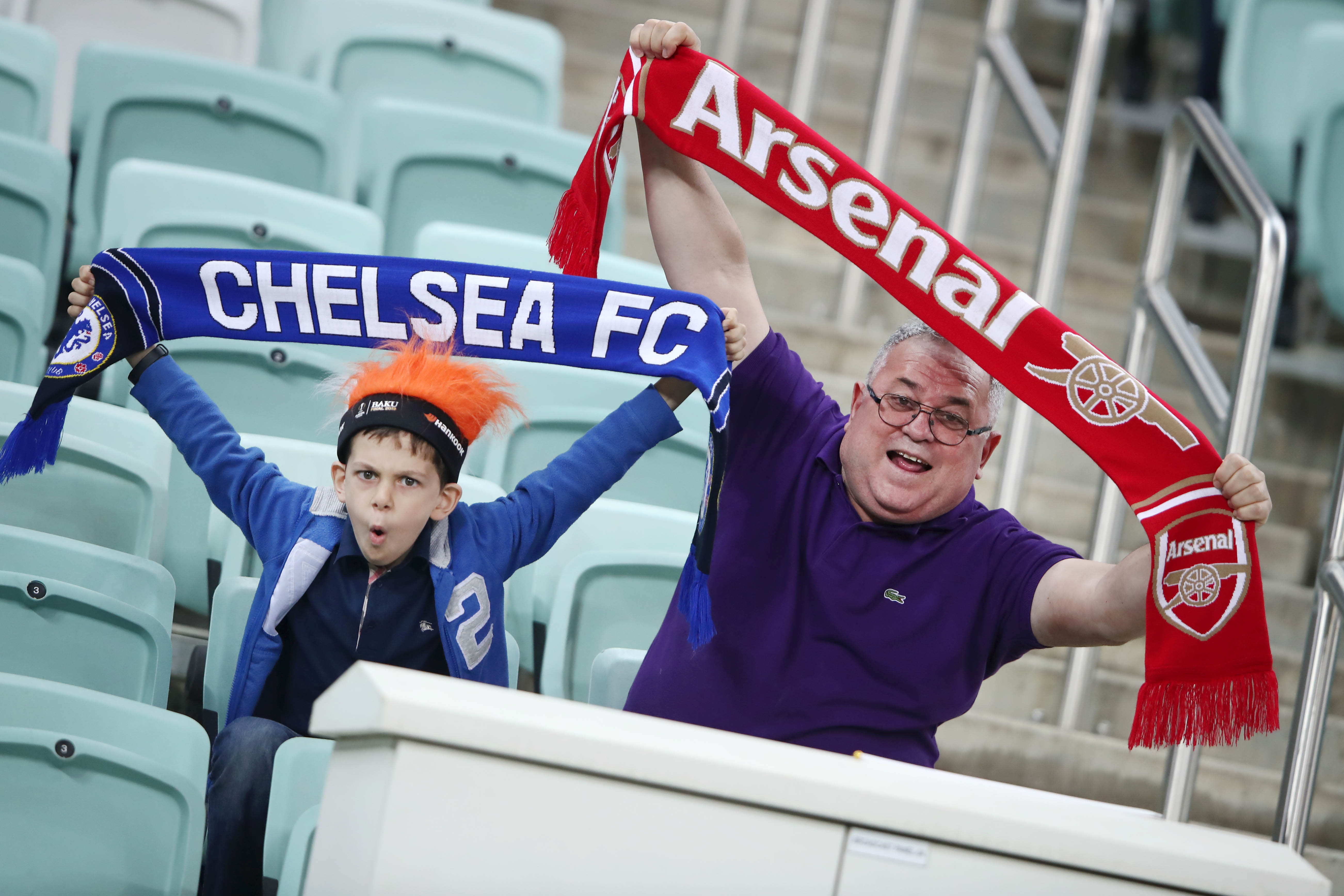The Arsenal team, already with an illustrious ‘defensive shield’ built under the vigilant eyes of the legendary George Graham, was handed over to Arsene Wenger in 1996, and the new manager was asked to win trophies by simply scoring more goals. The Frenchman did just that and even changed the style of the game at Highbury, making it more eye-candy but most importantly, retaining the ‘shape of the defensive safeguard’. He instilled discipline into the team and by signing players like Petit, Overmars, Anelka and Vieira, made everybody around Highbury ‘believe’ that this team could go on to become the best in the country. Arsene Wenger, with his complete proclivity for attacking football, had an Achilles’ heel as far as his tactical competence was concerned. He always relied on top-notch defenders to shape up the ‘defensive side’ of things at Arsenal.
The George Graham Era
If we rewind back in time, during the mid 80’s Arsenal were struggling to win the league which had deserted their trophy room since 1971. In came George Graham, who was was offered the job at Highbury after impressing with third division outfit Millwall. A well-known figure to everybody, Graham slowly changed the faulty Arsenal Backline to a water-tight one through the years. His first ‘defensive’ signing was the legendary Tony Adams and the latter’s impact on Arsenal’s success story during the mid 90’s was enormous to say the least. In the next few years, Graham would go on to buy such ‘defensive’ stalwarts as Lee Dixon, Nigel Winterburn, Steve Bould and later a certain David Seaman in front of goal.
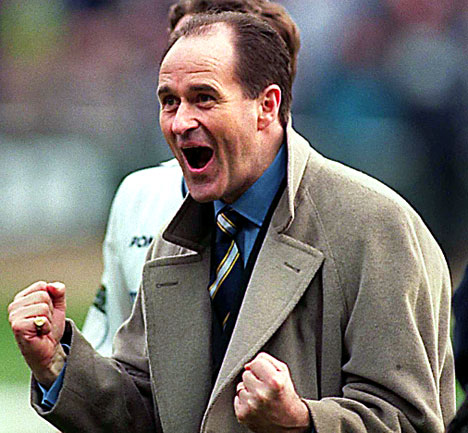
Often known as a ‘Stroller’ due to his demeanor during his playing days, he was completely different as a manager, increasing the work ethic of his players and making them highly proficient and regimented individuals on a football field. George Graham led Arsenal achieved the ‘unbelievable’ when they triumphed over Liverpool at Anfield on the last day of the Championship in the 1988-89’ season to lift the league trophy. That team had incredible ‘character’ and an unwavering belief about themselves. Two seasons later, his team won the league yet again, this time proving to be even more miserly as far as ‘the famed defence’ was concerned. The Gunners lifted the trophy that season with just one loss and 18 goals conceded, a remarkable ‘defensive’ achievement.
The flip-side of that famous Arsenal team’s success laid on the fact that they were ‘boring’ to watch. The brand of football during Graham’s later days in Arsenal was so defensive that there rose famous chants of ‘One-Nil to the Arsenal’ and ‘Boring, boring Arsenal’. That team probably came closest to being an English counterpart of the famous Italian Catenaccio system during the 60’s. The team’s game revolved around the famous Back Four who defended like their lives were on the line, and the midfield tried scoring goals on counter-attacks. The zenith of all hatred was reached when Arsenal lifted the Cup Winners Cup in 1993-94 defeating a Parma side which consisted of Gianfranco Zola and Faustino Asprilla among others. The team hardly left their half in the match but a solitary goal from ‘who else but’ Alan Smith helped them win the trophy and with it disparagement from fans world over. It was just an irony of faith that Highbury would soon witness the most amazing football to be ever played on the famous North London Green and the fans would adore the man who would ‘manage’ the team.
Arsene Wenger – Changes ‘brand’, retains ‘defensive shield’
In the summer of 1996, a tall, lean Frenchman, unfamiliar to many at England, would arrive at Highbury with the shocked cries of ‘Arsene Who?’, and go on to change the history of the club and its values. Wenger’s success was imminent as his football brain was matched by none during those days at England. Keeping his ‘famed Back Four’ intact, Wenger added attacking prowess in the form of Patrick Vieira, Emmanuel Petit, Marc Overmars and a very young Nicolas Anelka. Though the team excelled with their attacking football which also included the fascinating stature of Dennis ‘There is only one God’ Bergkamp, their most important ‘weapon’ was the ‘Defensive Shield inherited from Graham’s Arsenal’. Along with Tony Adams, Nigel Winterburn, Lee Dixon, Steve Bould, former England International Martin Keown was added to the defensive scheme of things under Wenger.
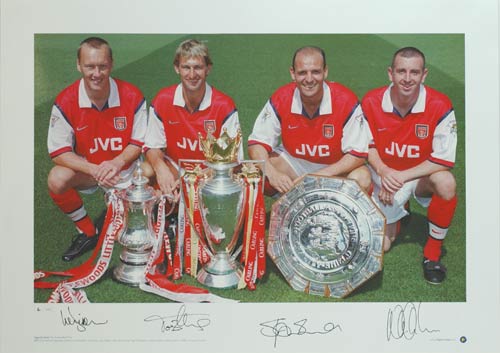
Wenger never ‘touched’ the illustrious safeguard in front of Arsenal’s goal, until they left Highbury and concentrated on the attacking front as he went on to make signings like Sylvian Wiltord, Freddie Ljunberg, Robert Pires and a certain Thierry Henry. Six years into his reign, Wenger made his first ‘big defensive signing’ – Sol Campbell crossed the dreaded path between White Hart Lane and Arsenal. The last of Wenger’s addition to the famed Back Four, who were now, almost ‘gone’, was the young Kolo Toure for a meager amount.
The ‘Defensive Crisis’ for Wenger after the Invincible’ triumph
Within a few years after the ‘unthinkable’ was achieved, Arsene Wenger let go off the last of his ‘Famed Back Four’, Sol Campbell hopped off to lower teams in search of ‘new challenges’ while Kolo Toure, as much as a faithful he was to The Gunners, was lured by Arabian fantasies. The Arsenal team continued to play their brand of attacking football with same prowess and passion as was played during Wenger’s early years but their ‘Back Four’ failed to match any of their celebrated predecessors. William Gallas, Philippe Senderos, Johann Djourou, Pascal Cygan and the Holy Son of Mikael Sylvestre’s mother were good defenders, no doubt, but they were all error-prone, they were not natural leaders on the field, they never created the ‘miserly defensive shape’ that was seamlessly fashioned by Graham’s men.
Wenger, with all due respect to his aptitude of forging an attacking football side, never had the ‘knack’ of molding a defensive shape with ‘good defenders’. Initially, he relied on Graham’s ‘defensive strategies’ that were instilled in his ‘Back Four’ and later on the leadership capabilities of Tony Adams and Sol Campbell to ‘take care’ of the defensive side of things at Arsenal. Now, with all that missing, Arsene Wenger is in the biggest crisis of his life while the ubiquitous pressure of silverware is making his job even more ‘challenging’. Can the Belgian stalwart Thomas Vermalen, the ruthless Laurent Koscielny, the ever-reliable Bacary Sagna and the young Englishman Kieran Gibbs form another ‘Famed Back Four’? Only time will tell.
